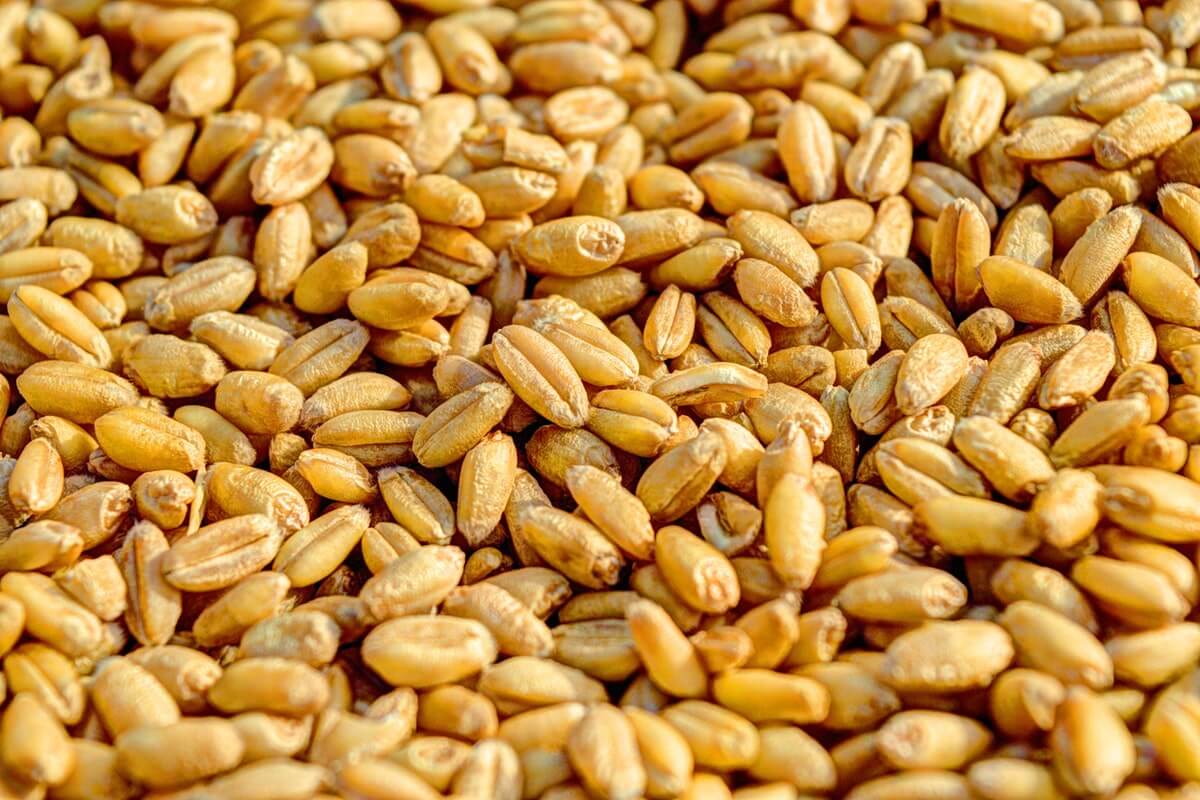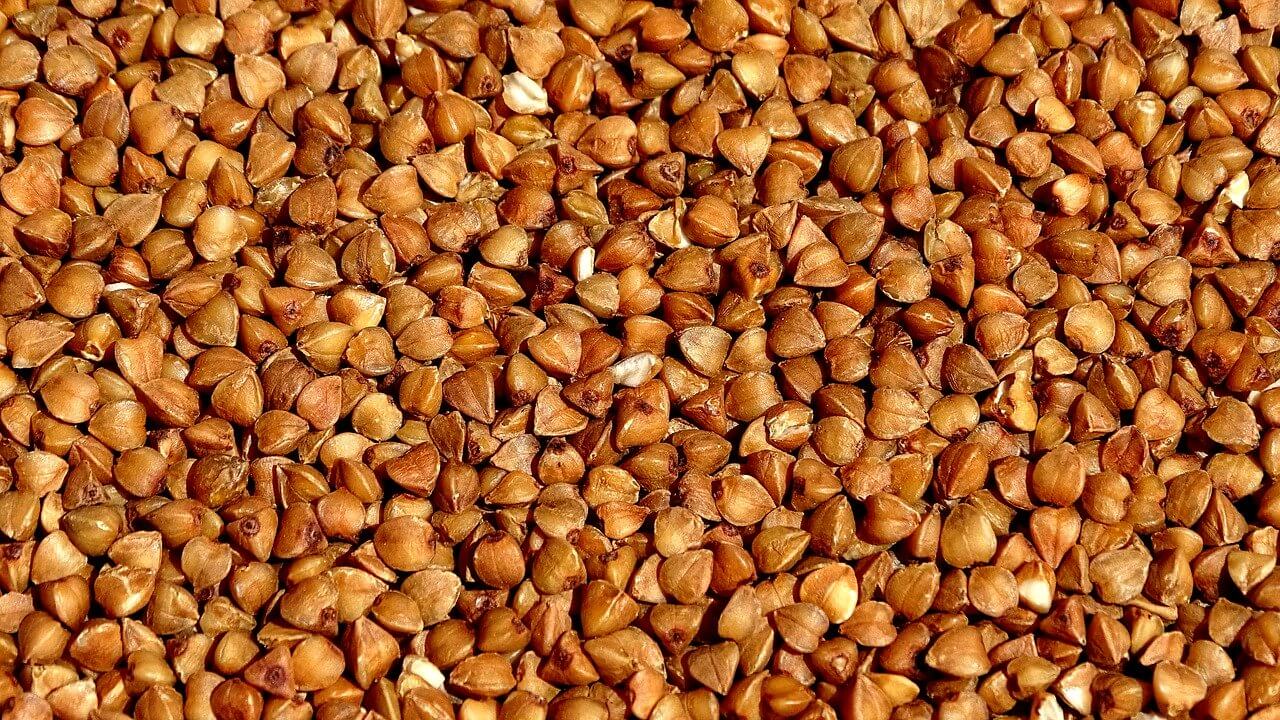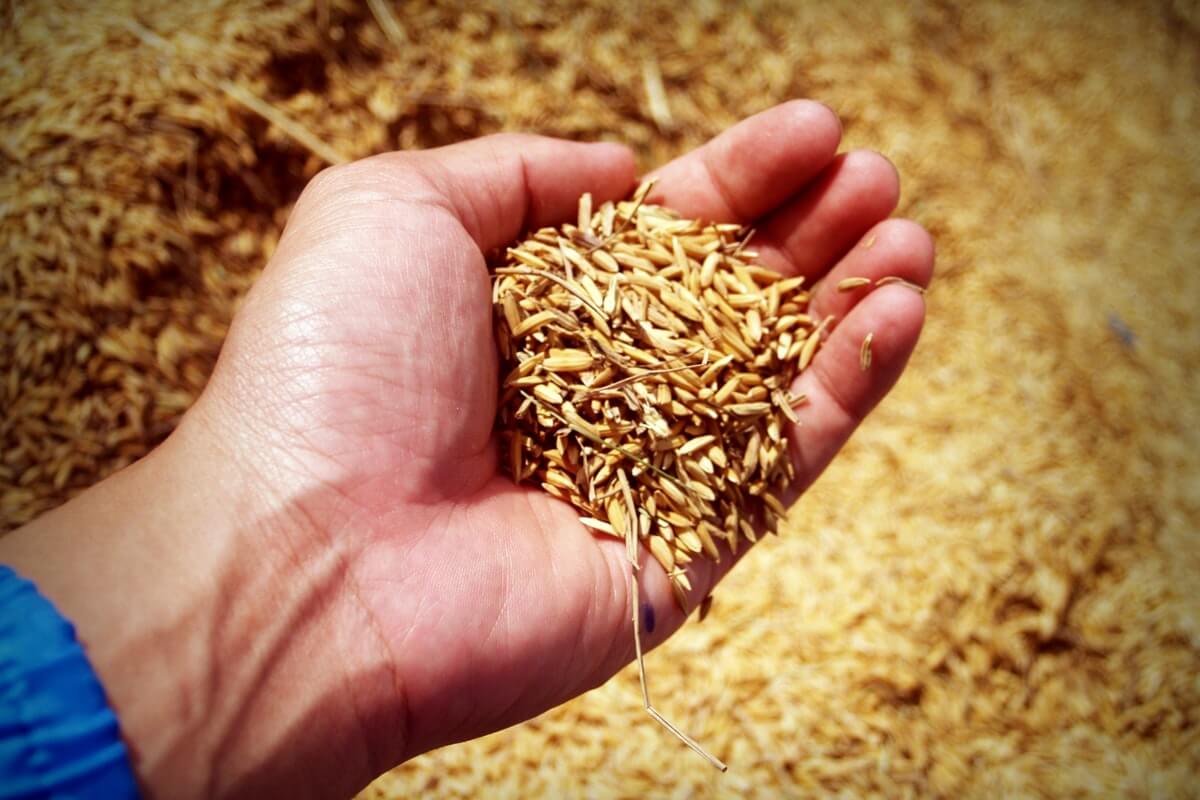Many people wonder if wheat and buckwheat are one and the same, and still others wonder which is healthier. The fact is, buckwheat and wheat are two very different foodstuffs, and they offer different nutritional benefits.
In this article, we explore the difference wheat vs. buckwheat. Read on to learn more on what is the difference between wheat and buckwheat.
What You'll Learn Today
- Buckwheat And Wheat Are Different Types Of Plants
- Wheat Vs Buckwheat: How Do They Compare?
- Which Should You Choose?
- Frequently Asked Questions
- Who would win in a fight? Wheat or buckwheat?
- Is buckwheat related to wheat?
- If buckwheat isn t wheat, why is it called that?
- Do buckwheat seeds look like grains of wheat?
- Can you use buckwheat instead of wheat in recipes?
- Can you use buckwheat in place of nuts, seeds and other types of grain?
- Is Buckwheat Considered A Type Of Wheat?
Buckwheat And Wheat Are Different Types Of Plants

Even though the two plants are quite different, they can be used in similar ways and many people feel that buckwheat offers better nutritional value than wheat. Still others have entirely the opposite opinion.
Wheat is a type of grass, and the grain that we use is its seed (read here on ideal type of soil for wheat). This grain is actually, technically a type of fruit known as a Caryopsis.
Buckwheat is not a type of grass. It is known as a pseudo-cereal because in culinary use, it is not used as a seed.
Nutritionists often assert that buckwheat is a lighter type of grain and is therefore preferable to wheat. Even so, it’s difficult to replace wheat with buckwheat because wheat is one of the most ubiquitous foods in the world.
It is considered a staple food in many countries the world round, and it can be found in a wide variety of products not limited to breads and cereals.
Wheat Vs Buckwheat: How Do They Compare?

In side-by-side comparison, both plants each have their own merits. Choosing between them really boils down to your individual dietary needs and your personal preferences.
Here are a few common comparisons:
1. Fiber
The fact is, whether fruit or grain or cereal, both of these foods (when not over-processed) provide a wealth of fiber, and both are equally good.
Fiber is important to any diet because it can help lower LDL cholesterol in the blood and reduce the risk of heart disease.
A cup of buckwheat contains 17 g of dietary fiber. Red winter wheat contains 23 g of dietary fiber per cup. Both amounts are impressive.
2. Protein
Generally speaking, cereals and grains are not considered high protein; however both wheat and buckwheat are low in lysine, which is an essential amino acid. Amino acids metabolize as protein. Buckwheat has a slightly higher amount of lysine than wheat.
3. Gluten
While wheat has quite a bit of gluten and can be dangerous for people suffering from gluten intolerance and celiac disease, buckwheat has no gluten.
This matters because, no matter how much lysine wheat may have, it cannot be absorbed by people suffering from these conditions. In this case, buckwheat with its lower protein value is a better choice.
4. Micronutrients
Buckwheat has a lot of magnesium (393 mg per cup) and is very good for supporting a strong immune system. Wheat contains only 242 mg of this essential mineral per cup. Magnesium also helps regulate heartbeat and maintains healthy muscle and nerve functioning.
Wheat is high in selenium, which helps maintain proper functioning of thyroid hormones, along with DNA synthesis and defense against free radicals.
Both contain a healthy quantity of phosphorus, which is needed for the functioning of each and every one of our bodily cells. Phosphorus is also essential for strong teeth and bones.
Both contain a great deal of potassium. Wheat has 697 mg per cup, and buckwheat has 782 mg per cup.
Both contain very little sodium, so both are good for people with high blood pressure.
5. Vitamins
In the final analysis, both crops provide a healthy helping of vitamins such as:
- Pantothenic Acid
- Thiamine
- Folate
- Niacin
All of these are necessary to maintain energy levels and facilitate healthy metabolism. Buckwheat does have a little more niacin than whole-wheat.
6. Antioxidants
Antioxidants (phytochemicals) protect us against the oxidative damage to our bodies that is caused by free radicals. Both these plants are rich in these substances, but they each contain different examples of these substances.
Buckwheat contains:
- Quercetin
- Rutin
Wheat contains:
- Phenolic Acids
- Carotenoids
- Tocopherols
Of the two, buckwheat has more powerful radical scavenging abilities than wheat or any other type of grain.
7. Calories
Buckwheat contains 583 calories per cup, and red winter wheat contains 628 calories per cup. The calories in buckwheat are made up of 23 g of protein along with 6 g of fat. Wheat, on the other hand contains 24 g per cup of protein and just 3 g of fat.
8. Fats
The fats in buckwheat contains 1 g of saturated fat, but wheat contains almost no saturated fat.
9. Cholesterol
Both plants are cholesterol free
10. Carbohydrates
Both are very high in carbohydrates containing between 122 and 136 g per cup.
Which Should You Choose?

Both crops are beneficial and nutritionally valuable. Both can help boost your immune system and improve your overall health.
Even though many people have turned against wheat in modern times, the fact is, it is still a healthy, nutritious addition to most people’s diets as long as it is used correctly.
Unfortunately, these days most wheat that is available is highly processed and does not contain the most valuable and nutritious elements of the grain. If you’re going to add wheat to your diet, be sure to choose whole-wheat products.
Remember that you don’t have to make an absolute choice between wheat and buckwheat. You can have both.
It’s a good idea to have wheat on some days and add buckwheat to your diet at least one or two days a week.
It’s very easy to add buckwheat to your diet because in many ways it can be used like rice as a side dish or as an addition to soups and casseroles.
Frequently Asked Questions

Who would win in a fight? Wheat or buckwheat?
While wheat and buckwheat are both excellent plants that produce tasty and nourishing seeds, buckwheat does have some impressive advantages over wheat.
For one thing, buckwheat contains no gluten, so it is safe for people with gluten intolerance and more digestible for everyone.
Buckwheat is also better looking than wheat because it produces pretty, edible, nectar-rich flowers in shades of white and pink.
The blooms are deeply scented and very attractive to bees and other pollinators. The nectar is nutty tasting and has a musty scent. Bees who feed on buckwheat blooms produce rich, dark honey.
Buckwheat and wheat are not relatives, but they produce seeds that can be used in similar ways. Buckwheat is actually a relative of rhubarb, while wheat is actually a type of grass.
If buckwheat isn t wheat, why is it called that?
There are several theories about how buckwheat got its common name. It is possible that the single word, buckwheat, is just an abbreviation of the two-word term, beech wheat.
It is believed that the plant, Fagopyrum esculentum, was given this common name because its seeds look like miniature versions of beech tree nuts.
European Beech trees are common in the Netherlands, where Dutch is spoken, and the Dutch word for beech is boec or beuk, so the term buckwheat may be an Americanized version of an originally Dutch term for a grain-producing plant that has seeds resembling beech nuts.
Do buckwheat seeds look like grains of wheat?
No, they look more like sunflower seeds. Buckwheat seeds are triangular or pyramidal, and they come in shades of white, tan, brown or black.
When roasted or toasted the inside is soft and tasty, and the outer shell is hard and crunchy. When buckwheat seeds are milled, the shell is incorporated into the flour, so buckwheat flour is very high fiber.
Can you use buckwheat instead of wheat in recipes?
Buckwheat is gluten free, so it will not behave like wheat in baked goods. Yeast breads, for example, will not rise correctly if you add too much buckwheat.
To enhance the flavor and nutritional properties of baked goods, try replacing no more than a quarter of the wheat flour with buckwheat.
You will also need to add more liquid, and you may need to mix or knead the batter or dough longer for best results.
If you like to make your own pasta, buckwheat flour is an excellent choice. It adds color, flavor, texture and richness to pasta dough recipes.
Can you use buckwheat in place of nuts, seeds and other types of grain?
Yes, you can experiment with adding buckwheat to all sorts of recipes that call for nuts and seeds.
Kasha (roasted buckwheat) is also a good addition to baked goods, and you can grind it into flakes to be cooked and eaten just like oatmeal.
To sum up, wheat is grass and buckwheat is not. A very interesting fact to know.